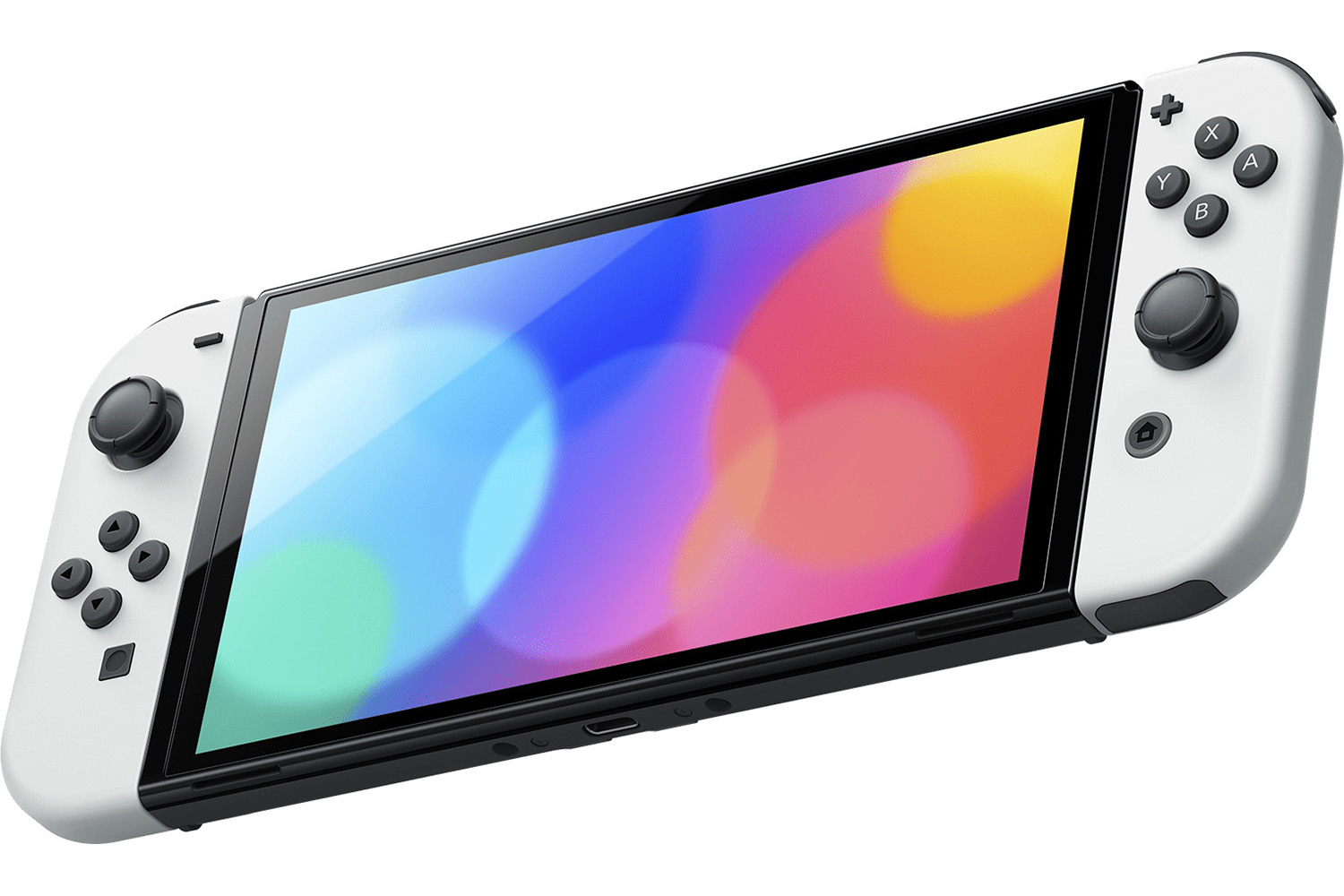The Nintendo Switch, a game-changing console released by Nintendo in March 2017, has transformed the gaming landscape with its unique blend of home and portable gaming experiences. This innovative device allows users to seamlessly transition between playing on their TV, using it as a traditional home console, and enjoying on-the-go gaming in handheld mode. Since its debut, the Nintendo Switch has evolved, giving rise to three distinct versions.
In this article, we embark on a comprehensive exploration of the Nintendo Switch family, dissecting the nuances that distinguish the original Nintendo Switch, the Nintendo Switch Lite, and the Nintendo Switch OLED model. These three iterations of Nintendo’s groundbreaking console cater to diverse gaming preferences, each with its unique set of features and characteristics.
Price and availability
The Nintendo Switch Lite comes in as the most affordable model at $199. At the opposite end of the spectrum, the newly released Nintendo Switch OLED commands the highest price point at the moment. This upgraded Switch retails for $349. Landing squarely in the middle sits the original Nintendo Switch at $299.
Stay tuned to reputable retailers and official channels for the latest information on stock and pricing, ensuring you’re well-positioned to embrace the gaming revolution with the Nintendo Switch family.
Design

Original Nintendo Switch
The design of the Original Nintendo Switch reflects a balance between versatility and functionality. With detachable Joy-Con controllers and a central tablet-like screen, it encourages a seamless transition between handheld and docked modes. The console’s sleek, black design is complemented by the iconic neon-colored Joy-Cons, adding a vibrant touch. The ability to connect Joy-Cons to the sides of the tablet in handheld mode or use them separately for multiplayer gaming enhances the interactive experience.

Nintendo Switch Lite
In contrast, the Nintendo Switch Lite is a more compact and streamlined version. Designed explicitly for handheld play, it boasts an integrated controller and a fixed, lightweight form factor. The absence of detachable Joy-Cons simplifies the design, making it sturdier and more portable. The vibrant color options add a personal touch, appealing to a wide audience. The focus on handheld gameplay and individual experience is evident in its ergonomic design and reduced size.

Nintendo Switch OLED
The Nintendo Switch OLED model builds upon the foundation laid by its predecessor. With an enhanced display featuring vibrant colors and deep contrast, it elevates the visual experience. The addition of a wired LAN port in the dock enhances online connectivity for a smoother gaming experience. The overall design remains consistent with the original Switch, emphasizing the modular nature of the console. The choice of materials and finishes contributes to a premium feel, reinforcing the idea of an upgraded model with improved features.
Each design iteration reflects Nintendo’s commitment to adaptability and user experience, catering to different preferences within the gaming community.
Display
The Original Nintendo Switch features a 6.2-inch LCD display that serves as the central hub for gaming. With a 720p resolution in handheld mode and the ability to output up to 1080p when docked, the display strikes a balance between portability and visual fidelity. The capacitive touchscreen adds an interactive layer to the gaming experience, allowing for intuitive navigation and gameplay gestures.
In contrast, the Nintendo Switch Lite boasts a slightly smaller 5.5-inch LCD screen. While maintaining the same 720p resolution, the reduction in size contributes to a more compact and lightweight design, ideal for on-the-go gaming. The absence of detachable Joy-Cons further enhances the focus on handheld play, making the screen the sole point of interaction.
The Nintendo Switch OLED model introduces a significant upgrade in display technology. As the name suggests, it incorporates a vibrant 7-inch OLED screen, offering richer colors and deeper contrast compared to the LCD counterparts. This improvement enhances the overall visual experience, making games more immersive. The larger OLED display, combined with the same 720p resolution, results in a crisper and more visually striking presentation.
Gaming Performance

The core gaming performance is identical across all three Switch models. They all utilize the same NVIDIA custom Tegra processor and only differ in minor ways:
- Original Switch and OLED run games seamlessly in both handheld and TV/docked mode. The Switch Lite is handheld-only.
- The Switch OLED has a slightly better screen with higher contrast for handheld gaming. The original Switch and Lite have essentially the same display quality.
- All models deliver the same framerates and game performance when running Switch games. There is no performance advantage of one model over the others.
- The only differences relate to display size/quality, battery life, portability and ability to dock. The rendering resolution and graphics performance is unchanged across the current Switch lineup.
So in summary – all current Switch consoles provide the same gaming power. The choice mainly depends on your preference for portability, display type, and docked/undocked versatility.
Storage
- Original Switch: 32GB internal storage. Can be expanded up to 2TB using a compatible microSD card.
- Switch Lite: 32GB internal storage. Can be expanded in the same way, up to 2TB with a microSD.
- Switch OLED: 64GB internal storage. Also compatible with microSD cards up to 2TB for expansion.
All provide microSD storage expansion but the OLED model has double the internal storage.
What to buy
The OLED model is best if you want the absolute superior display quality. The Switch Lite works as a portable-focused budget model. And the regular Nintendo Switch hits a nice balance point between price, portability and display for most gamers.
With its distinctive ability to transition between various play modes, the Nintendo Switch has captivated gamers of all ages and preferences. Whether you’re immersing yourself in high-definition gaming on your TV, enjoying on-the-go adventures with its portable mode, or engaging in spontaneous multiplayer sessions, the Nintendo Switch has become a symbol of versatility and adaptability in the gaming world.
